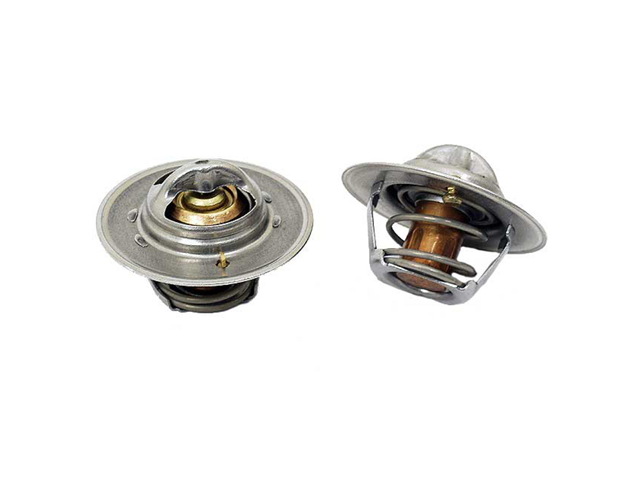
There are differences but they are generally minor. The drivetrain and interior options closely matched that of the Mustang year for year. In 1984, the high performance Capri RS received a front air dam which continued until 1986. The only major iteration happened in 1983 with the addition of a racing-inspired hatchback with a compound rear window (also known as the "bubble back"), a new rear bumper and taillights. It maintained its squared-off front fascia and grille, and distinctive flared fenders. The Fox-based Mercury Capri was fairly unchanged throughout its entire run. The Capri was built on the Ford Fox platform, which was used for the Mustang from 1979 to 2004 with a design change in 1994. They are now becoming sought after for restoration because of their styling, performance & relative affordability.ĭuring this period, a version of the Ford Mustang was sold through Lincoln/Mercury dealers as the "Mercury Capri", giving Mercury a pony car for the first time since the Mercury Cougar was upsized in 1974 to complement the Ford Thunderbird. At its peak, Capri sales in North America were the highest for any import model except for the Volkswagen Beetle. Over a half a million European Capris were sold in (see below) Production of the European Capri continued for the European market until 1986. North American market by the "Fox" Chassis Capri. Starting in 1979, the European Capri was replaced in the A few remaining 1977 Capris were sold as 1978 models. They were no longer shipped from Europe after the end of the 1977 model year. Engine options were the 2.8 liter Cologne V6, and the 2.3 liter Lima 4-cylinder. In the North American market, they were known as Capri IIs, though in most of the rest of the world, they were known as the Capri Mk II. The Capri was restyled as a hatchback in 1975, but sold in North America as an early 1976 model. The 1974 bumpers were covered in body colored plastic. North American-spec 1974 Capris also had large, Federally mandated 5-MPH bumpers at both the front and rear of the car. In 1974, the 2.6 liter Cologne V6 which was replaced by a 2.8 liter Cologne V6, with revised castings for both the block and heads. The 1973 front bumper was a chrome bumper was mounted on the front of a steel pipe, and attached to North American-spec CaprisĪlso received a Federally-mandated 5-MPH bumper on the front. The Capri was given a "facelift" for the 1973 model year, with a new interior, revised grille, larger tail lights, and a completely different wiring harness. (it was reduced to 8.2:1 in 1972) The 2.6 L "Cologne" V6 was introduced late in the 1972 model year.

1971 2.0 liter Capris are particularly desirable, since they have a 9.0:1 compression ratio. The 2.0 L OHC Straight I4 was introduced for the 1971 model year. The only type initially available used the United Kingdom 1600 cc Kent crossflow, with a price starting at less than $2300.

It carried no marque identification, and was named simply the Capri, but it was often called the Mercury Capri, as Ford already had a Mustang for the same buyer market. The European Capri was first sold in the United States in April 1970. North American-spec Capris were built in Cologne, Germany, and were sold through Lincoln-Mercury dealers in North America. The European Ford Capri was developed as a "baby Mustang" for that market, a 2-door car with a short trunklid (later hatchback) and a long hood.


 0 kommentar(er)
0 kommentar(er)
